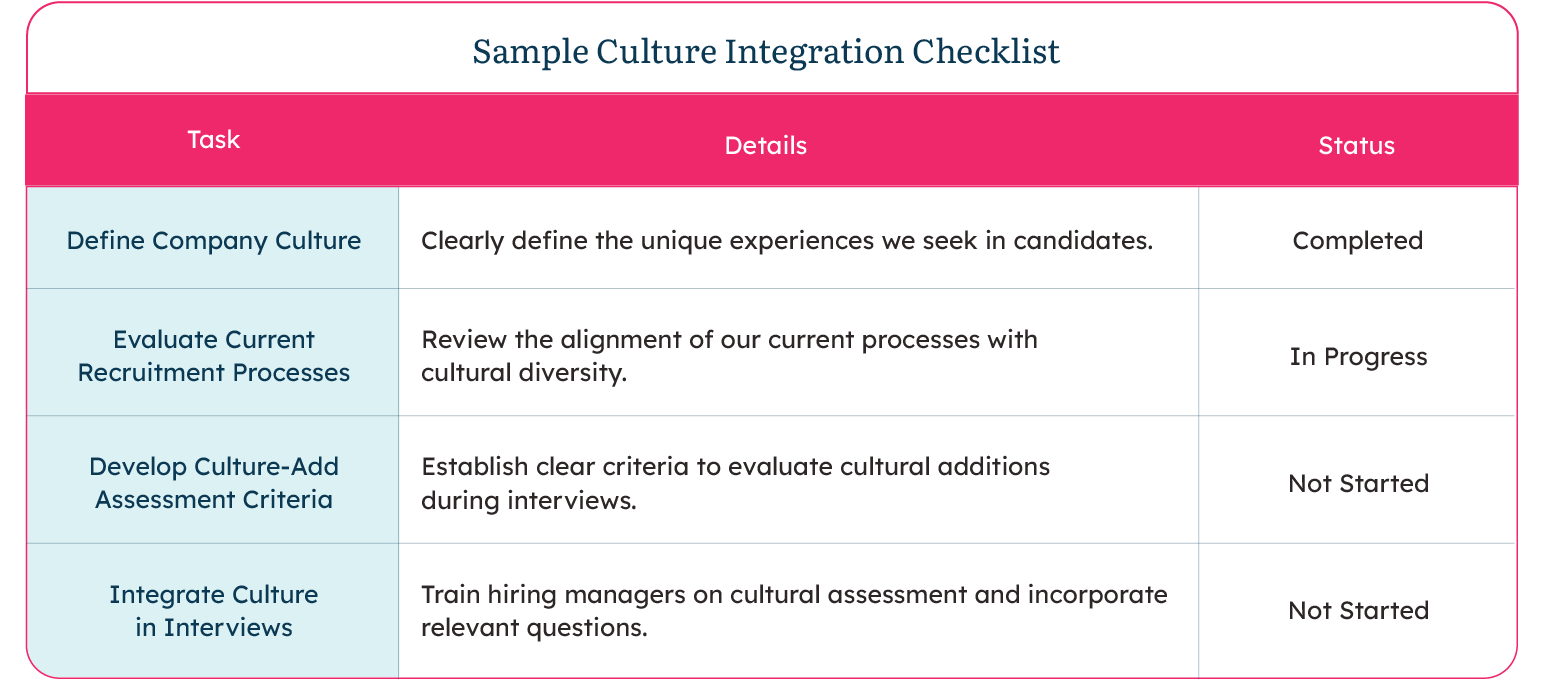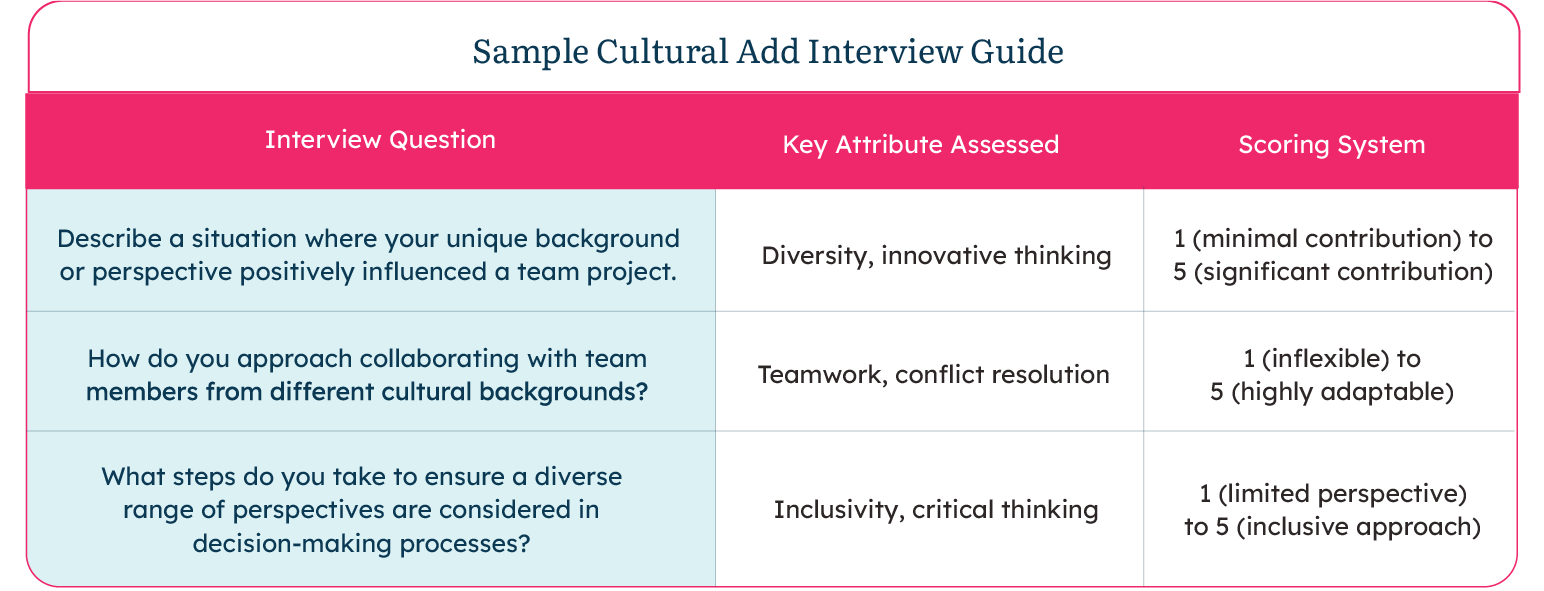Strategic team building is more than just assembling a group of individuals to work together. It is a deliberate process aimed at creating a cohesive, motivated, and high-performing team that can drive sustainable growth for your organization. In this blog post, we will explore the key elements of strategic team building, drawing insights from our guide Strategies for Scalable and Sustainable Team Expansion, and provide actionable tips and strategies for building strong teams that can adapt and thrive in today’s fast-paced business environment.
Understanding Strategic Team Building
Strategic team building is all about intentionally crafting and growing teams to hit precise organizational targets. It goes beyond merely filling the roles—it’s about blending strategic planning with smart talent acquisition and retention to forge teams that resonate with the company’s vision and goals. This approach not only aligns teams with organizational objectives but also significantly boosts engagement, leading to better business results. In fact, higher engagement is linked to 17% more productivity, 21% more profitability, 41% less absenteeism, and 24% less turnover in organizations with high turnover rates. Clearly, strategic team building is a crucial component in driving both employee satisfaction and superior business performance.

What makes a strong team? By definition, a well-structured team can adapt to changes, overcome challenges, and consistently deliver high-quality results, contributing to the long-term success of an organization. According to Bain & Company, top performing teams all display these qualities:
- Collaboration: Teams that thrive on collaboration create a “win-together, lose-together” culture, fostering trust and psychological safety necessary for innovation and feedback.
- Direction: Successful teams share a common direction, aligning around the organization’s vision, purpose, and strategy, which prevents silos and ensures strategic cohesion.
- Discipline: Effective teams hold efficient meetings and make good decisions, focusing on planning, monitoring, and execution to enhance productivity and collaboration.
- Dynamism: Dynamic teams embrace change, continuously seek information, and create conditions for innovation by investing in design thinking and allowing for failure.
- Drive: Teams with sustained drive prepare for setbacks, embrace creative friction, maintain focus through reiterating goals, and tackle challenges with confidence and optimism.

Assessing Your Team and Setting Clear Goals
Before you start putting together a strategic team, take a good look at how your current team vibes and performs. Thoughtfully consider what’s working, what’s not, and where you can improve. Use metrics like how engaged your team is, how they hit their performance targets, and what feedback they share. This will give you the full picture of where your team stands right now.
Establishing SMART Goals Aligned with Organizational Objectives
Setting clear, achievable goals is essential for guiding your team toward success. Implement SMART (Specific, Measurable, Achievable, Relevant, Time-bound) goals that align with your organizational objectives. These goals provide direction, motivate team members, and enable you to track progress and measure success effectively.
Building a Diverse and Inclusive Team
Diversity and inclusion are critical components of strategic team building. A diverse team brings a wide range of perspectives, experiences, and ideas, which can lead to more innovative solutions and better decision-making. Inclusivity ensures that all team members feel valued and respected, fostering a positive and collaborative work environment.
Want proof? A study from McKinsey and Company found:
- Teams with high ethnic diversity are 39% more likely to outperform less diverse ones.
- Companies with more than 30% women executives financially outperform those with less.
- Top companies for ethnic diversity have a 27% financial edge over others.
Strategies for Promoting Inclusivity and Fostering Diversity
To build a diverse and inclusive team, adopt recruitment strategies that prioritize diversity. About 67% of millennials and Gen Z job hunters value diversity when looking for jobs, highlighting the need for companies to align their recruitment efforts with a culture that embraces diversity. It can be helpful to leverage technology to reach a broader pool of candidates and implement policies and practices that promote inclusivity. This includes bias training, flexible work arrangements, and mentorship programs to ensure a welcoming environment for everyone.
Enhancing Communication and Collaboration
Effective communication is the foundation of a successful team. Encourage open and transparent communication channels within your team. Utilize collaboration tools and technologies to facilitate seamless communication, especially in remote or hybrid work environments. Regular team meetings, feedback sessions, and performance reviews can improve communication and keep everyone aligned.
Collaboration fosters synergy, where the team’s collective efforts exceed the sum of individual contributions. Create opportunities for team members to collaborate on projects and tasks. Encourage cross-functional teamwork and provide platforms for knowledge sharing and brainstorming. Recognize and reward collaborative efforts to reinforce the importance of teamwork.
Sustaining Growth and Overcoming Challenges
Sustaining growth requires continuous investment in your team’s development. Offer growth opportunities through training programs, workshops, and professional development courses. Encourage team members to pursue certifications and advanced degrees. Providing career advancement opportunities not only enhances skills but also boosts morale and retention.
Addressing Common Challenges in Team Building Efforts
Building and sustaining strong teams comes with its challenges. These may include managing conflicts, maintaining motivation, and adapting to changing business landscapes. Develop strategies to address these challenges proactively. Foster a culture of continuous improvement, where feedback is encouraged and lessons learned are applied to future team-building efforts.
Strategic team building is an art that requires careful planning, execution, and continuous improvement. By understanding the principles of strategic team building, assessing your current team, promoting diversity and inclusion, enhancing communication and collaboration, and providing growth opportunities, you can build a team that drives sustainable growth and success for your organization.
Ready to take your team-building efforts to the next level? Leverage the insights and strategies from the guide, Strategies for Scalable and Sustainable Team Expansion, to optimize your recruitment and retention processes. Reach out to R2R Strategic Recruiting for recruiting solutions that align with your company’s vision and objectives. Get in touch today.





